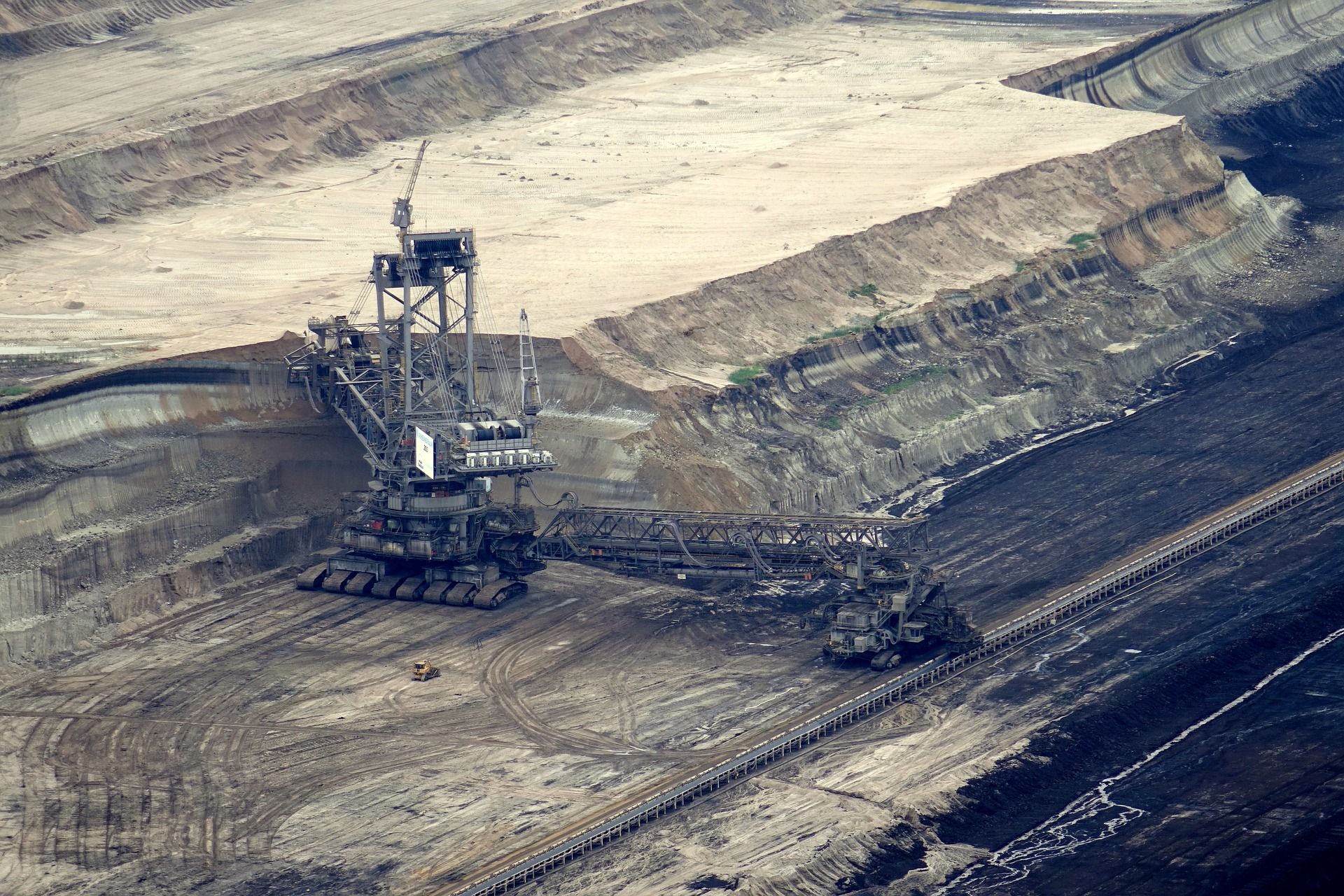Modern farming is all about big business; big money, big effort, and lots of raw materials that are needed to feed 7 billion people. An industry worth almost $4 trillion annually, and which employs 28% of global population. So much food produced, (65 billion chickens eaten each year) that even the unwanted excess held in storage around the world overwhelms our ability to comprehend scale; bulging grain stores, butter mountains, and wine lakes; the numbers are truly astounding!
But equally astounding is the quantity of raw materials needed to produce so much food. 200,000,000 tons of nutrients (N+P2 O5 +K2 O) consumed annually, with a value of $185 billion, increasing by 5% every year. Including 46 million tons of phosphate fertilizer, 119 million tons of nitrogen fertilizer.
And while precision agriculture, smart-fertilizers, and nanofertilizers are playing a part in reducing volume, the impact of the agricultural input market on the environment cannot be ignored. The US EPA states that 24% of global greenhouse gas emissions are caused by the agriculture sector, while the damage of algal blooming has reached historically high levels.
But the industry is responding with a swathe of research that is focused on sustainability, resource recovery, and improved soil management. Something that the leading thinktanks behind the circular economy have neatly transcribed into; reduce, reuse, recycle.
Here is a look at some of the latest research that is likely to make an impact on fertilizer markets in the not too distant future.
Reuse
Agricultural researchers at Cornell University have just published a study showing the effects of iron in releasing naturally occurring phosphorus in the soil.
The work, now published in the Journal of Colloid and Interface Science, explains how quantities of phosphorus are already present in many soils in minute pieces of organic matter and that they can become accessible to plants via ferrihydrite minerals. As such, an application of iron to the soil could unlock these existing fertilizer particles, meaning that farmers would not need to add phosphorus fertilizers.
“This component of the phosphorus cycling process has been largely neglected,” explains the study’s senior author Ludmilla Aristilde, who is an associate professor in biological and environmental engineering at the university, “but now we're figuring out phosphorus recycling mechanisms by soil minerals that could benefit the environment.”

Meanwhile, her co-author Annaleise Klein, a postdoctoral researcher in Aristilde's laboratory is equally upbeat about the environmental advantages of their research, stating that, “If we could understand the molecular mechanisms of these natural processes in the soil, and how those processes may be used by plants and bacteria, we can help the environment and thwart runoff from farms into streams and lakes—and possibly prevent algae blooms in nearby waters.”
Furthermore, the rock phosphate from which phosphorus fertilizers are made is a non-renewable resource, giving the researchers added hope that they can find a sustainable fertilizer solution.
“The big picture is that phosphorus is a limited nutrient in the environment,” says Klein. “Instead of mining rock phosphate for a farmer's fields—or a homeowner's lawn—now we can exploit the natural soil mechanism of phosphate release from organics and decrease our reliance on mined phosphorus.”

This is truly ground-breaking work, but the researchers are aware that they still have much to learn. As Aristilde observes, “We are unravelling phosphorus cycling pathways that we didn't know about before. We don't want to keep adding more phosphorus. ... The less we mess with nature, the better.”
Reduce
Other researchers are analysing the long-term impact of applying phosphorus fertilizers to see if it can aid our understanding of how the mineral resource remains in the soil, year after year.
Their results found that the majority of phosphorus applied to fields is not absorbed by crops, nor does it wash away in run off. Instead it remains in a solid state stuck to grains of soil. To reduce further fertilizer applications, farmers must focus on increasing the soluble amount of phosphorus in the soil, as it is this quantity that is available to the plants.
“When the portion [of phosphorus] in solution is high, plants can get phosphorus quickly from the soil,” says Jim Barrow, a scientist from the University of Western Australia and the study’s lead-author. “Low fertilizer application rates are sufficient.”
His team’s analysis of tea plantations in Bangladesh, where fertilizers have been applied for more than 100 years, found that phosphate compounds were reacting with and penetrating soil particles. In this state, they are unavailable to plants, meaning that farmers must reapply fertilizer.
Barrow’s work therefore focused on releasing the already present phosphorus and putting it into a soluble state ready for absorption.

As Barrow describes, what he found was that, “When phosphate penetrates soil particles, it makes the soil particles more negatively charged.” Logically than, as negative charges repel other negative charges, then negatively charged soil particles will repel negatively charged phosphate, forcing it into solution and making it available to plants.
But how does long-term application of phosphate impact the build-up of minerals in the soil?
As the online scientific journal Phys.org outlines, “Barrow and colleagues explored whether phosphate would continue to penetrate soil particles at the same rate over time. They reasoned that the rate would decrease as the negative charge built up. They showed that when a lot of phosphorus has been applied over time the penetration of phosphate slows down and ultimately stops.”
As a result, each year, farmers need only apply the amount of phosphate taken up by the plants, excess fertilizer product will not be absorbed.
Barrow hopes that his study will allow farmers to better adjust the amount of fertilizer they are applying to their fields, avoiding static ‘per hectare’ estimates for more reasoned quantities based on crop yields.
As Barrow states, “You only need to replace the phosphate used in the previous year.”
If you wish to learn more about how fertilizer markets are adjusting to the maxim; Reduce, Reuse, Recycle, then please follow this link to read part two of this article.
Photo credit: TheGlobe, Rchattonfarms, Farmersedge, SPOTCHEMI, Lakshmishararth, Nappervilleccgrounds & Plantcaretoday
